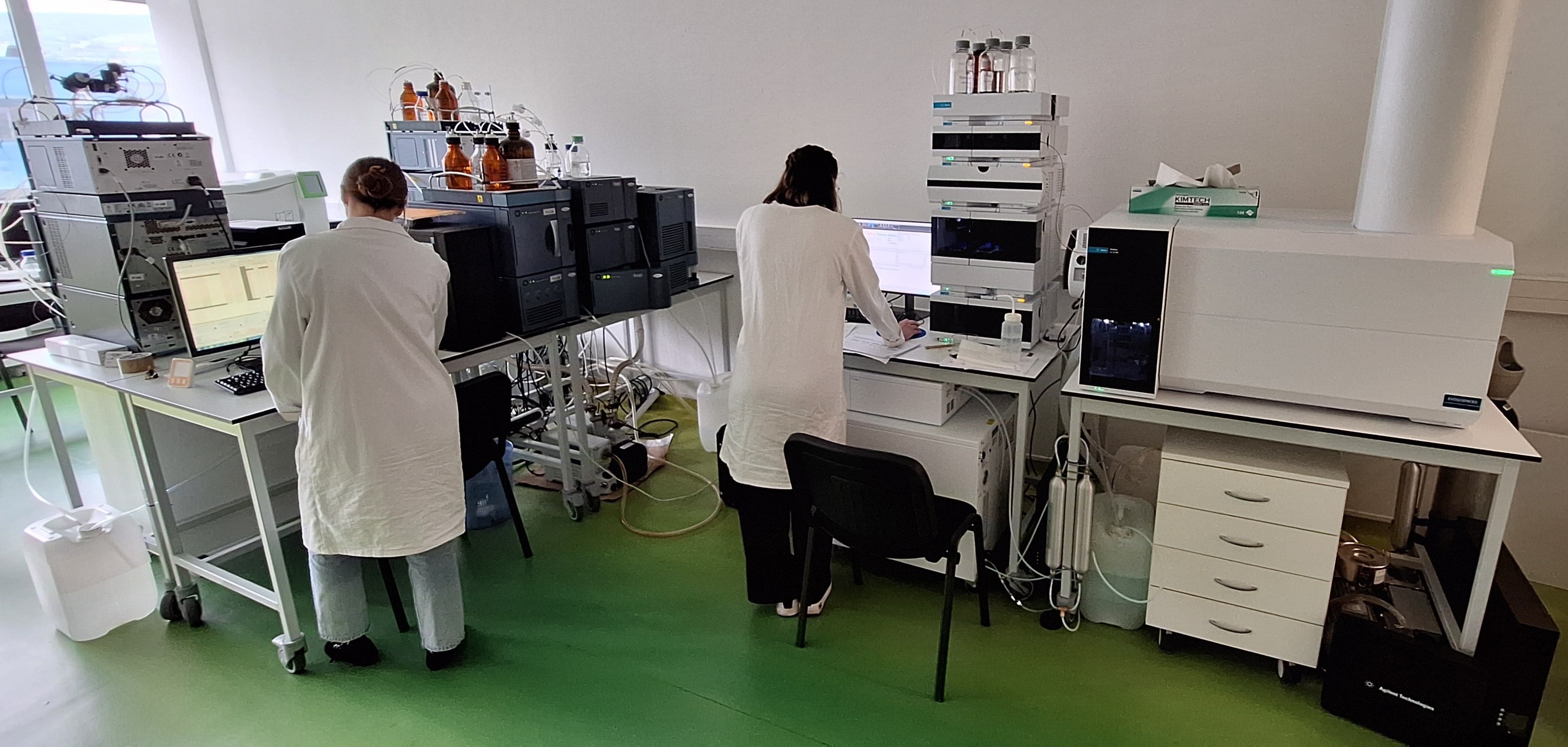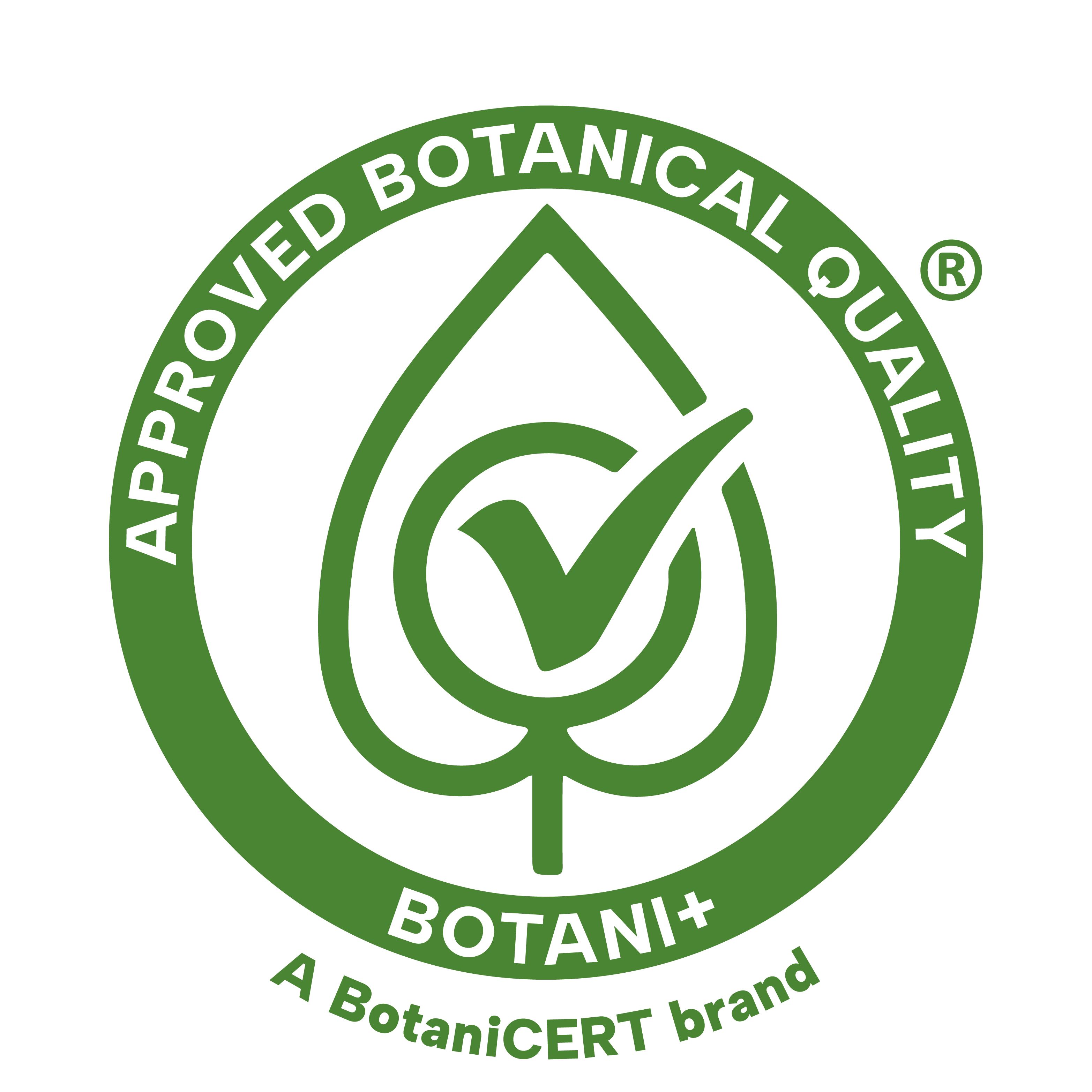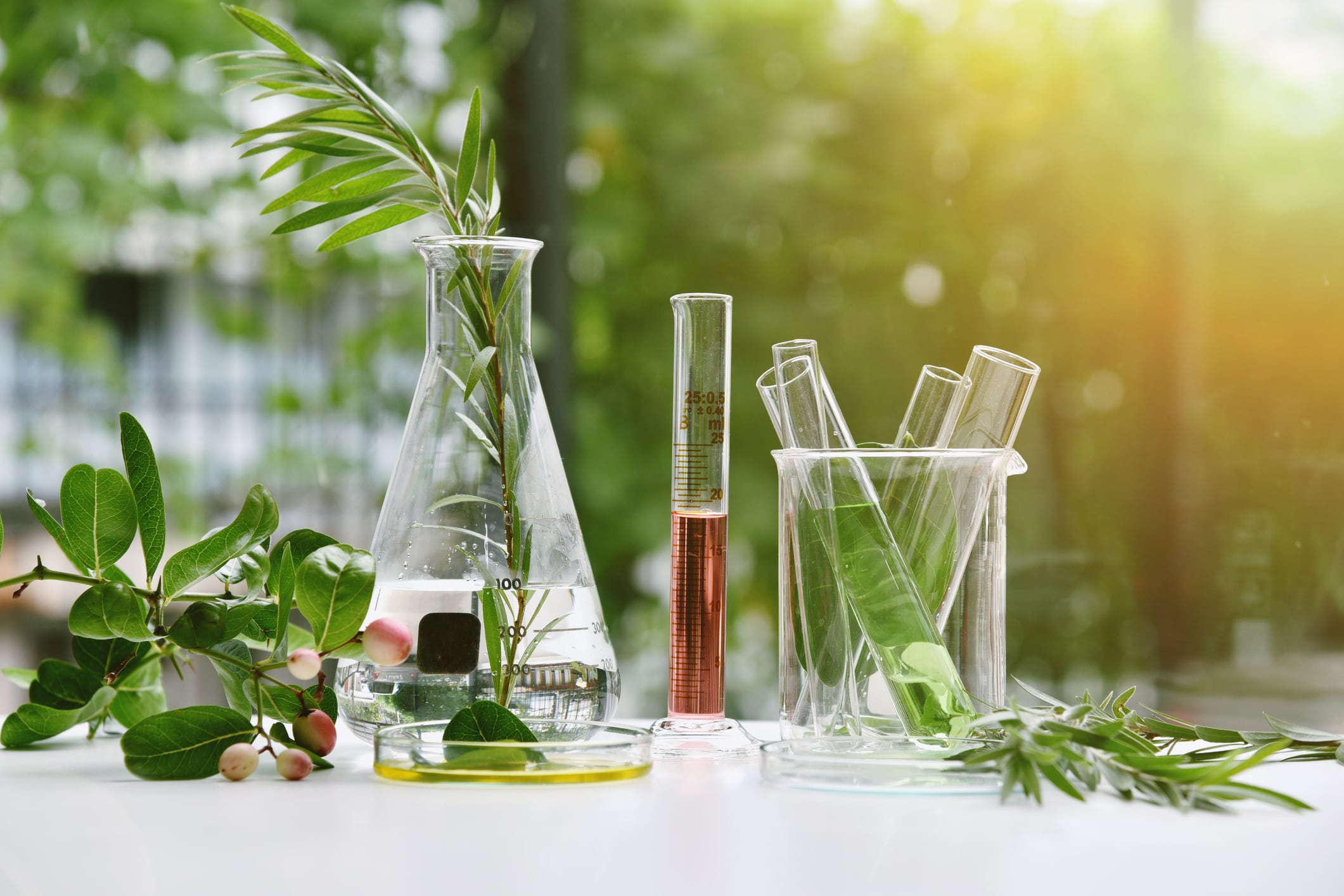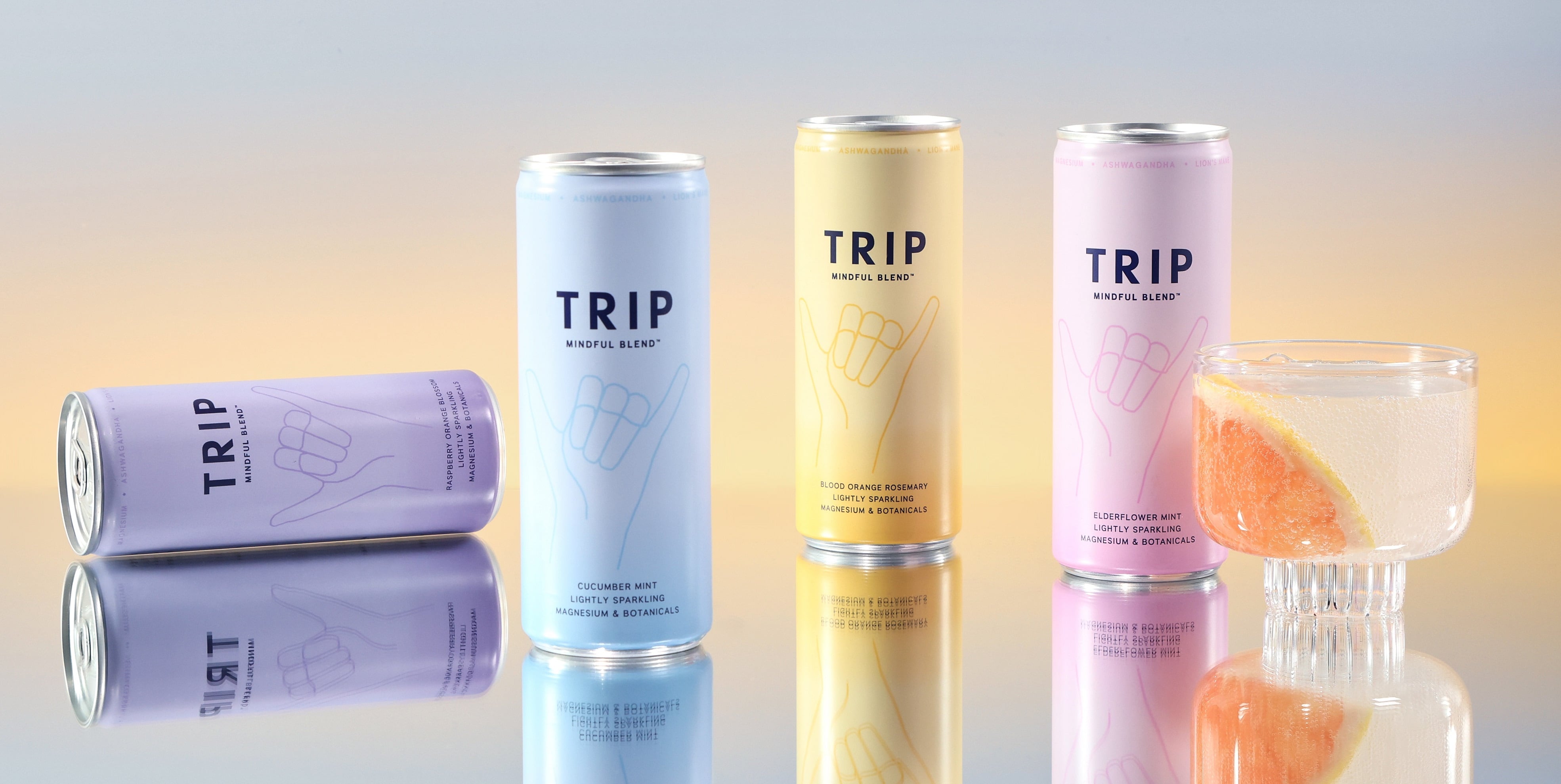Research shows that commercial botanical dietary supplements often contain little or none of the declared plant or plant extract, with adulteration, dilution and substitution all common issues.
BotaniCERT recently tested a sample of more than 1,000 botanical extracts sourced from European countries, and found that only half (52%) were of good or acceptable quality. The remainder were either poor quality, ‘empty’, spiked, contained the wrong plant or had a toxicity risk.
Loïc Loffredo, BotaniCERT’s general manager, says this ‘fraudulent’ practice often occurs when botanical extracts have been excessively diluted.
However, when it comes to detecting dilution and adulteration, most analytical approaches miss the mark, he said. Indeed, many companies use techniques such as the Pharmacopeia method, which only check for a few markers and are often not adapted to the complexity of botanical extracts.
“The analysis of plants is one of the most complex analyses existing today,” he told NutraIngredients. “The metabolome of plants is more complex than humans—there is a very, very high level of complexity in plant materials.”
“There are often a lot of similar compounds in adulterated extracts compared to [legitimate] plant extracts. This is why metabolomics is very important—it offers a very precise method to see the differences between two compounds.”

How BotaniCERT’s testing method differs from its competitors
Rather than simply looking at a limited number of markers on a chromatograph, BotaniCERT’s metabolomic analysis uses ultra-high performance liquid chromatography (UHPLC). Using a wide range of detectors, this method can identify even the smallest differences between plant profiles.
Loffredo uses the analogy of crossing the road with your eyes and ears covered, stating the likelihood of not spotting a car hurtling towards you is very high. Using UHPLC is like crossing a road with all your senses heightened, allowing you to spot the cars that you would not have previously been able to hear or see.
“The goal is to generate an exhaustive composition and see as much of the compound as possible in one singular analysis,” Loffredo said. “We can then compare the profile to our entire database, comparing maybe 100 profiles of the same species.”
BotaniCERT can compare customer samples with the legitimate specification of plant extracts by using comprehensive 3D images. The images are generated using statistical analysis, providing a visual comparison of the compounds based on their compositional profile.
This method of analysis can be used not only on individual plant extracts but also on finished products containing multiple ingredients, though the latter is more complex, making it difficult to guarantee the same level of accuracy.
Ultimately, however, the company’s testing methods allow botanical ingredient suppliers and herbal supplement brands to have faith that the ingredient or product they are selling is safe and legitimate and contains exactly what is stated on the label.
BotaniCERT’s proprietary method therefore has significant implications for the botanical supplement industry and consumers alike, Loffredo said.
Industry impact
While diluting herbal extracts to be sold in dietary supplements is not necessarily dangerous for consumers, Loffredo highlights that it is misleading and that the extract is unlikely to provide the expected health benefit.
He noted that using ineffective products also harms the herbal dietary supplement industry as it lowers consumer confidence and negatively impacts the reputation of the industry when products fail to meet their claimed benefits.
To combat this, BotaniCERT has launched Botani+, the first European quality label for herbal products. This label certifies that the product has been rigorously tested in BotaniCERT’s laboratory and contains sufficient levels of the active ingredient and no added active compounds.

This labeling system was introduced not only to instill consumer trust but also to help supplement brands choose pre-approved ingredients for their own formulations.
“We’re giving the industry real information about botanical ingredients,” Loffredo said. “Thanks to this technique, brands are able to choose a very good supplier and are able commercialise good products for the consumer.”
“We came up with the idea to create a label 14 years ago when we started BotaniCert, and it’s only just [come to fruition]. This is a big step forward for the market, but it is only the beginning,” he added.
“For this to work, it will require major communication campaigns, aimed not only at the industry, but at consumers too. The goal is not to be alarmist, but simply to show that a solution now exists.”





